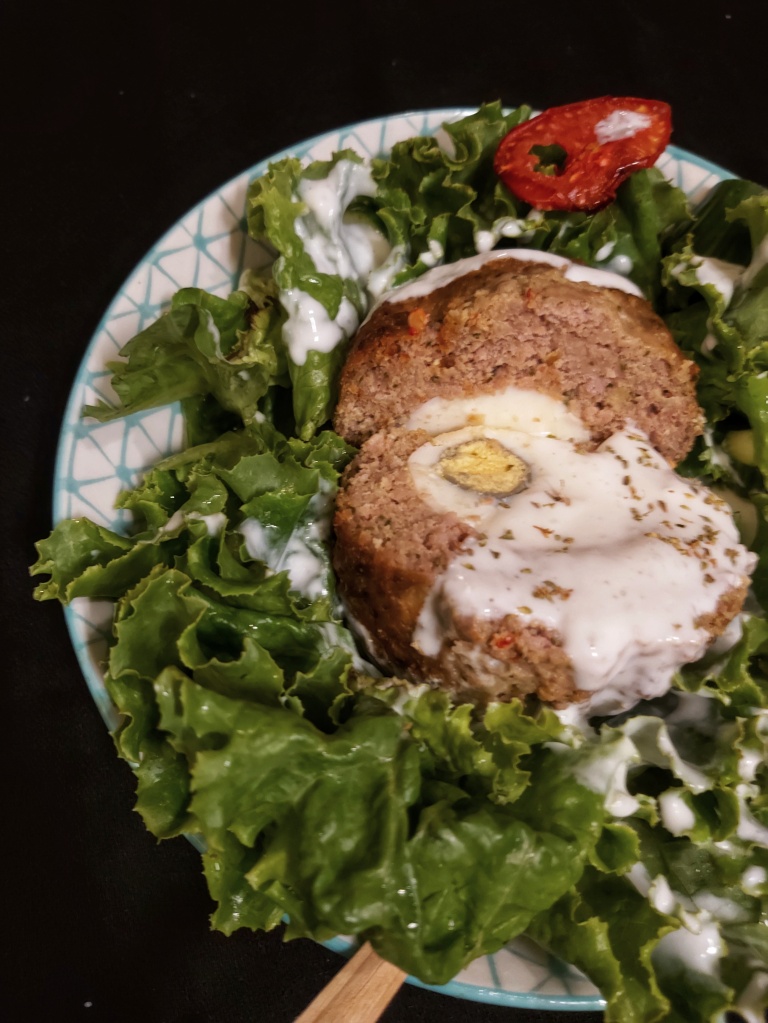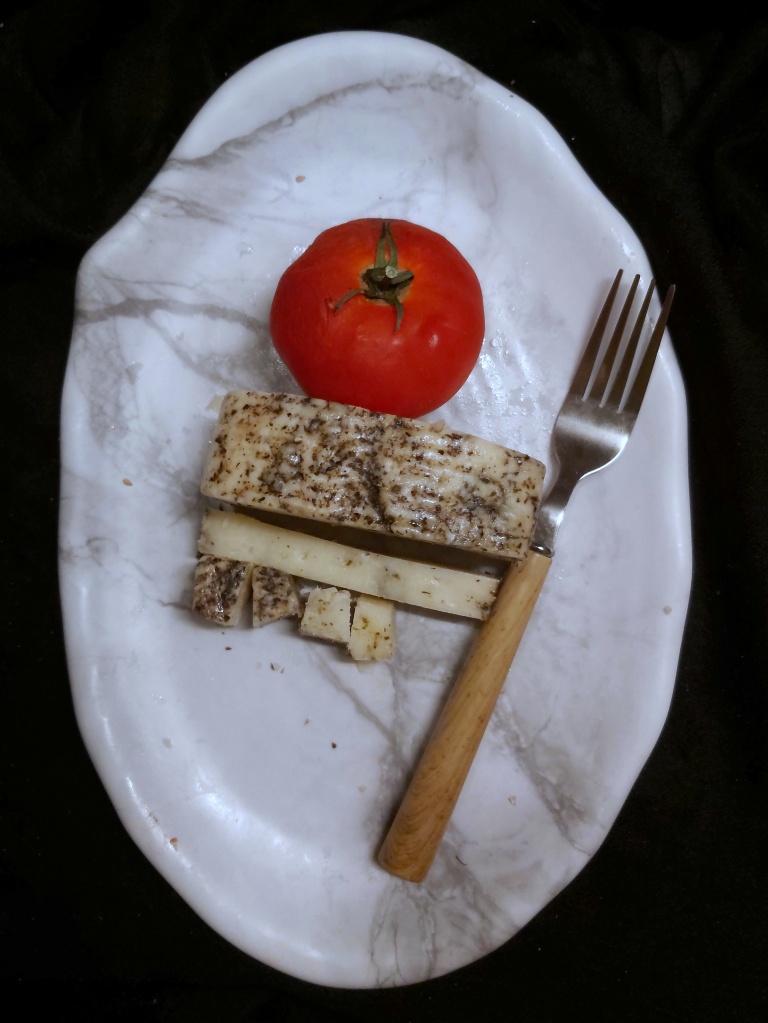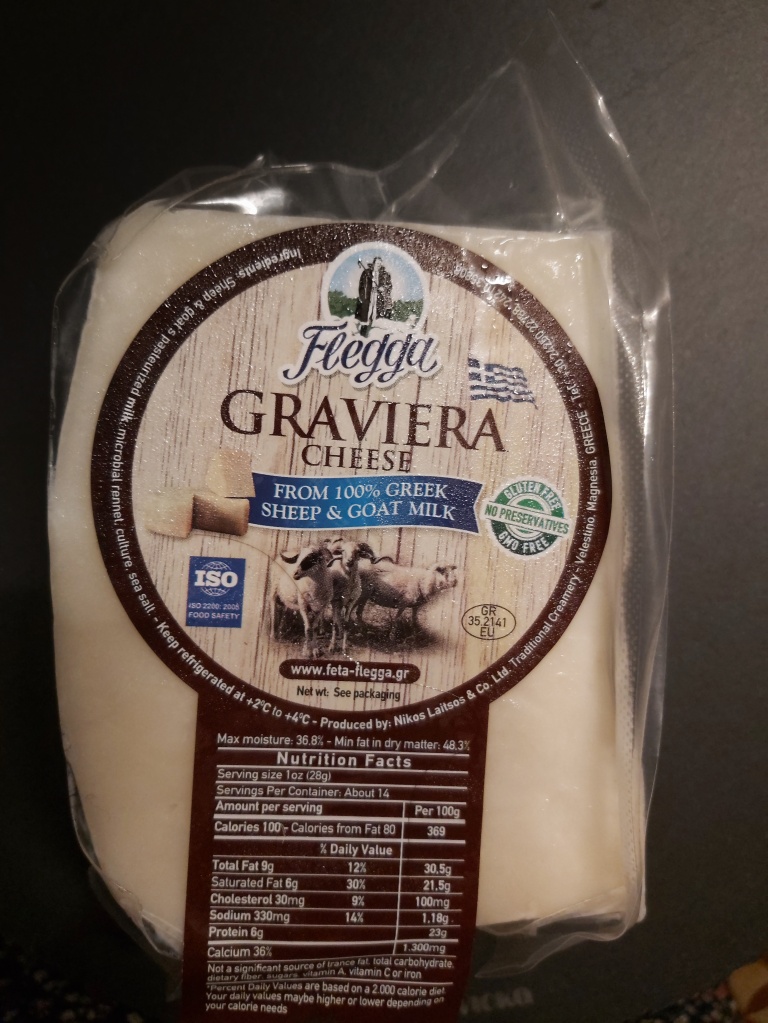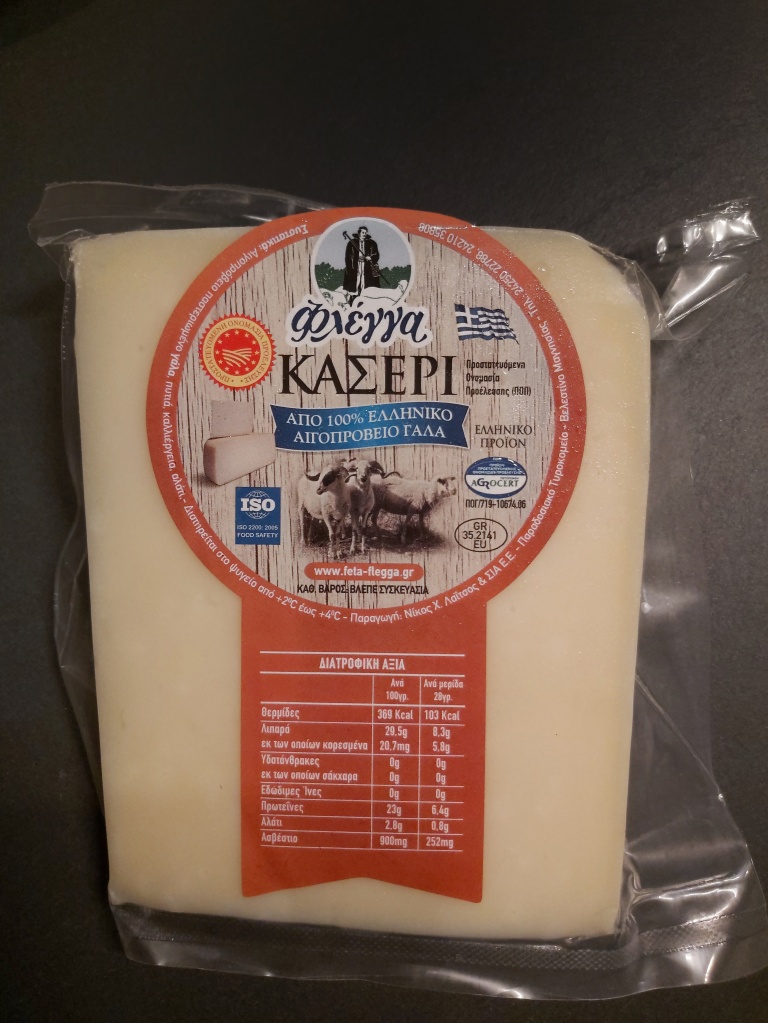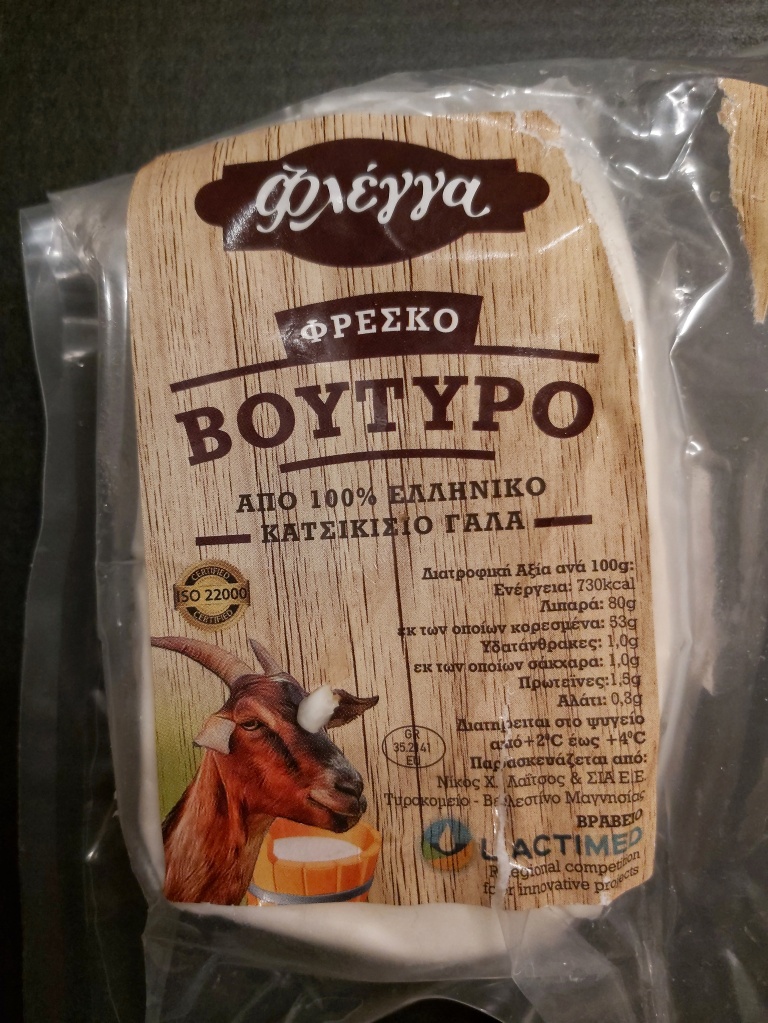History & nowadays tradition of Greek Cheeses


The science of transforming milk into a solid substance is a very ancient procedure since the time of ancient Greece.
Homer (Όμηρος) in the Odyssey 6th century BC describes in detail the shepherd and cheesemaker Cyclop Polyphemus and gives descriptions of the cheeses that matured in his cave and were made from sheep’s, goat’s milk & sea salt
What we now call ” FETA ” was known to the ancient Greeks, since its preparation is mentioned many times in the Odyssey .
Polyphemus at first transferred the milk, he collected from his flock to “bags” made of animal skins, finding – to his great surprise – that after a few days the milk turned into a solid, acidic and preservable mass. After this discovery he experimented with various combinations, each time having different types of cheeses.
Still others are soft and less salty such as odiern “Anthotiro” and “Manouri” and were kept in its cave in straw baskets.
Anthotyro (Aνθότυρο): white cheese produced from sheep’s and goat’s milk. Its name means the flower of the cheese, a name that justifies its name as it conveys strong
smells of freshness
Myzithra (Μυζήθρα) is a fresh cheese made with milk and whey from sheep or goats, or both. The cheese is soft, snow-white, creamy, and moist. Since no salt is added to mizithra it has an almost sweet and milky taste and may be eaten or, often, baked in pies.
Manouri (Μανούρι): a type of myzithra type cheese, which is rich in fat. It comes from the ancient adjective manos (cheese), meaning sparse, soft cheese
It is distinguished due to its sweet and mild taste and aroma, having been characterized by the National Dairy Committee of Greece as “the most exceptional traditional Greek whey cheese
Xinotyri (Ξινοτύρι): The roots of this traditional cheese are lost in time. It is a spreadable cheese that is produced by mixing sheep’s and goat’s milk, and has a pleasant, slightly sour taste

Feta ( Φέτα): the first reference to feta is made in a Byzantine poem where it is referred to as ” πρόσφατος” “recent”. This is considered to be its Byzantine name. The name feta dates from the time of Venetian rule in Greece, in the 17th century, and derives its etymological origin from the Latin word “fette”. Probably the word refers to the practice of cutting the cheese into slices to be inserted into the barrels
Kaseri ( Κασέρι): cheese-making became quite popular during the Turkish occupation in Greece (15century) , due to the lack of plenty of meat. Then, we came up with the name of a well-known type of cheese, kaseri; it seems to come from the Turkish word kaşer, which in turn comes from the Latin caseus = cheese. From the same root comes the cheese in English and the “käse” in German

Graviera (Γραβιέρα): is a hard cheese, made mainly from sheep’s and goat’s milk.
It is one of the best known Greek cheeses after feta and has been produced for centuries with the traditional method. The cheese is round in shape and has a compact and elastic mass of light yellow color. Its complete maturation time is at least three months
Graviera cheese received a certification of protected destination of origin (a PDO) in 1996. In other words, cheeses that are called Graviera but made in countries other than some regions of Greece are not the real deal and have no right to use the name.
Below we present some of these ancient cheeses, produced by the Greek award-winning “Flegga” dairy company.

Since 1957 all these traditional products are made from 100% organic goat and sheep milk, no GMO, no gluten, no chemicals, no preservatives and yes to ISO food safety. ( The standard ISO 22000 is based on the HACCP principles defined by the Codex Alimentarius)
We will never be tired of repeating the benefits of goat and sheep milk against cow’s milk.
As opposed to cow’s milk which contains the allergenic protein “A1 casein” (a highly inflammatory protein for the human body), goat’s milk contains A2 casein, that makes it – protein wise – the closest milk to human breast milk, hypoallergenic and tolerated even by babies
So for this Christmas, in the coming days we will propose some ideas using these precious products in a simple, easy and genuine way.

Kefir Flegga & Aloe Vera smoothie

As opposed to cow’s milk which contains the allergenic protein “A1 casein” (a highly inflammatory protein for the human body), goat’s milk contains A2 casein, that makes it – protein wise – the closest milk to human breast milk, hypoallergenic and tolerated even by babies
Therefore it is always preferable to consume goat milk and goat dairy products, especially when they come from free animals who grazing on grass
So, always using our favorite 100% organic brand of dairy products, the award-winning and prestigious Greek Creamery “Flegga”. Today’s smoothie includes goat’s bio kefir with the addition of aloe vera, green grapes, green apple and spinach. Just add all ingredients into a blender (after freezing the grapes) and mix until velvety and creamy.
Aloe vera contains 75 potentially active constituents: vitamins, enzymes, minerals, sugars, lignin, saponins, salicylic acids and amino acids.
Green grapes , spinach & green apples are rich of vit A, B2, B6, E, C and K, potassium, iron, calcium, magnesium, copper, manganese, zinc, phosphorus.
References
- Food is Medicine – “Goat Milk Benefits are Superior to Cow Milk”. Written by Dr Josh Axe on May 20, 2015
http://www.draxe.com/goat-milk - Benefits and medical uses of Aloe https://www.medicalnewstoday.com/articles/265800
“Let food be thy medicine, thy medicine shall be thy food”
«ΦΑΡΜΑΚΟ ΑΣ ΓΙΝΕΙ Η ΤΡΟΦΗ ΣΑΣ ΚΑΙ Η ΤΡΟΦΗ ΣΑΣ ΑΣ ΓΙΝΕΙ ΦΑΡΜΑΚΟ ΣΑΣ»
Hippocrates (4° Century BC)



Ingredients for 1 person: 1/2cup organic goat kefir by Flegga
150 gr aloe Vera
10- 15 frozen green grapes without seeds
1/2 green apple
Spinach leaves about 20 leaves
Agave or marple syrup 2 tbs
Method: Wash and freeze the grapes, simply by placing them in a plastic container.
The next day, wash the spinach leaves and cut the apple into small pieces. Do not peel it.
Cut a piece of aloe, more or less than 20cm.
Cut out the green peel and remove the gel with the help of a spoon.
Add all ingredients into the blender, frozen grapes, apple, spinach, aloe gel, kefir, agave or maple syrup.
Blend few minutes until velvety and creamy. Serve immediately










